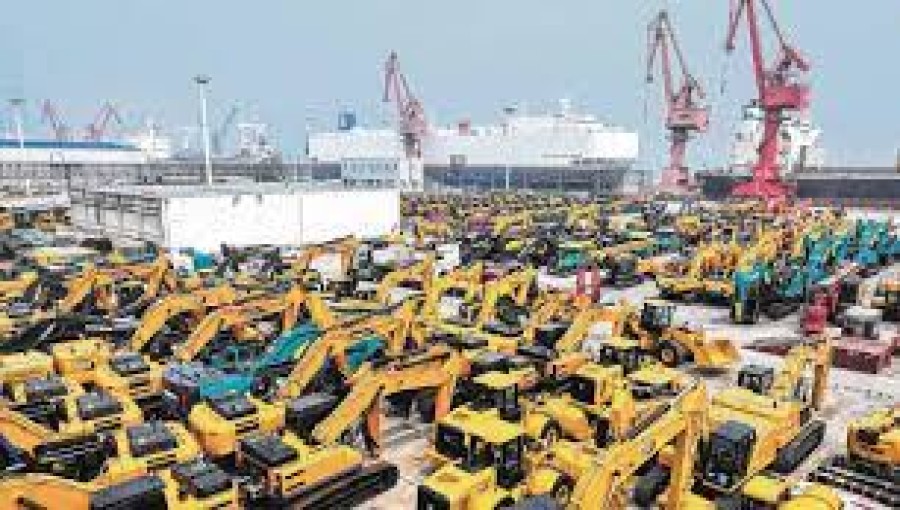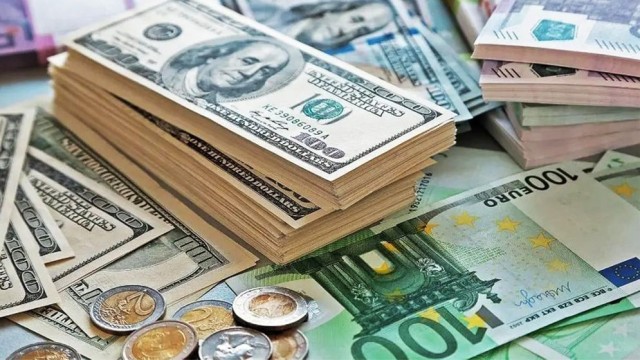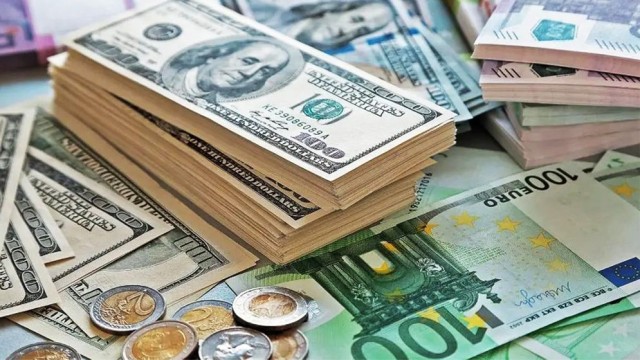China's export growth decelerated slightly in July, while imports surged, according to official figures released on Wednesday. This data underscores the uneven recovery of the world's second-largest economy.
The General Administration of Customs reported that overseas shipments expanded by 7.0 percent year-on-year in July. This growth rate fell short of the 9.5 percent forecast in a Bloomberg survey of analysts and was also lower than the 8.6 percent increase recorded in June.
Beijing aims to achieve an annual national growth target of around five percent this year, a goal considered ambitious by many analysts. Historically, exports have been a significant driver of economic activity in China, and they have now grown for four consecutive months following a year-on-year decline of 7.5 percent in March.
In contrast, imports surged by 7.2 percent in July, more than double the expected rate and rebounding from a surprise drop in June. This jump in imports suggests a complex economic landscape where internal and external factors are influencing trade dynamics.
Since China lifted stringent Covid-19 control measures in late 2022, the anticipated economic resurgence has been slower than expected. The economy faces several challenges, including a prolonged debt crisis in the vast property sector, high youth unemployment, and sluggish consumer spending. These issues have impacted domestic demand for goods and services from abroad.
Despite maintaining a trade surplus, China's trade balance narrowed to $84.65 billion in July from $99.05 billion in June. This shift indicates that while export growth continues, the rising import levels are influencing the overall trade dynamics.
The mixed trade data reflects the broader uncertainties within the Chinese economy as it navigates through various structural and cyclical challenges. Observers will be closely watching how Beijing addresses these issues to steer the economy towards sustained growth.






























Comment: